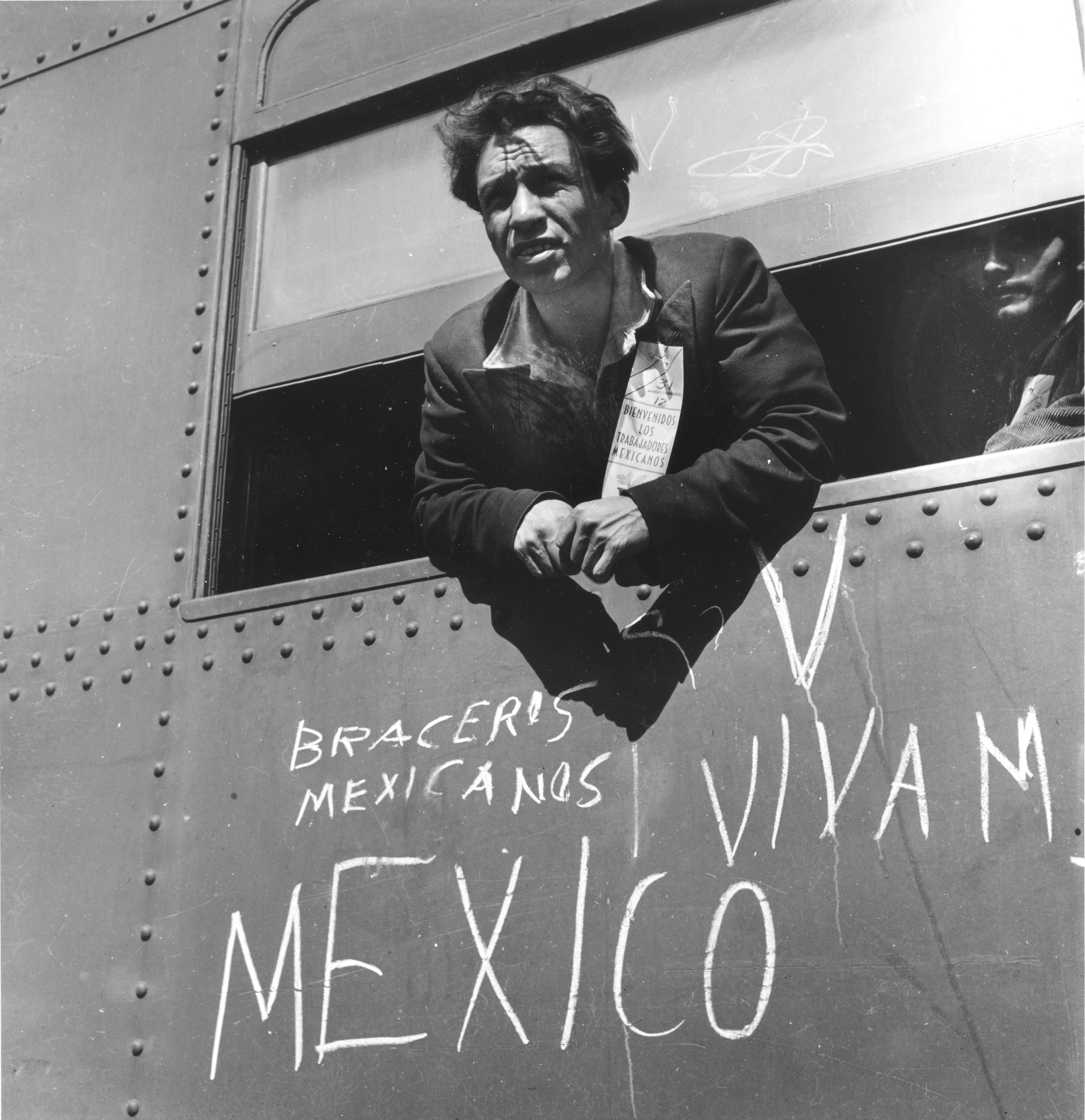That has nothing to do with it at all.
The drives were for several reasons,
but none of them had to do with money.
Much of the items reclaimed were simply unavailable during the war. Rubber and Silk especially among them. These were imported commodities, most commonly from areas that were now in a war zone. So the only way to get them was from scrap.
Also with a lot of the labor force off to war, there was a shortage in manpower in making these commodities. And it was simply faster and easier to use scrap as opposed to mining and smelting.
And finally, it was for things that we suddenly had a huge need for, which was not provided in the regular ways. For example fat. Huge amounts of fat were collected door to door, because that is a major component in explosives and gunpowder. And we were producing such a huge amount of that for the war that the regular supply systems simply could not provide enough by themselves.
If you want to get a "birds eye" view of what some of that era was like, listen to some period radio broadcasts from the time. On wartime shows like The Whistler you can hear announcers encouraging housewives to save their bacon grease and turn it in to recycling stations. Or to bring their tires in for "capping" because most were only able to buy 1 set every 2 years because of rationing. Or after the war ended encouraging them to bring their cars in and have all of the "wartime substitute" fluids drained and replaced with "pre-war quality" lubricants. I mention The Whistler, because it was sponsored by the Signal Oil Company (now the AlliedSignal engineering company).

War bonds were something different. And it is a bit of a misnomer, because it was also a way to encourage circulation of currency. Much of the stagnation of the Great Depression was because of the hoarding of money. By encouraging the population to instead invest it that money was then available to be used to retool the economy.
WWII cost the US from around $350-450 billion dollars in total. All of the War Bonds sold (including the Liberty Bonds available between 1940-1941) came to around $130 billion. However, they were so popular that after the war they were converted into the Savings Bonds that we sill use today.


